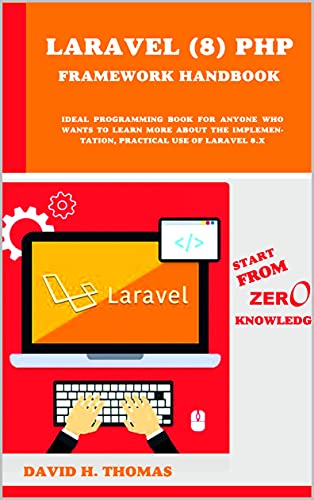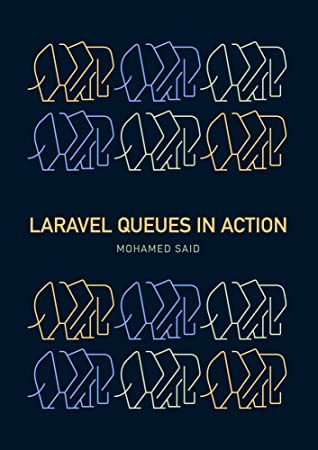Download this PDF book: Introduction to Linear Algebra for Science and Engineering, Second Edition by Daniel Norman and Dan Wolczuk
Norman/Wolczuk’s An Introduction to Linear Algebra for Science and Engineering has been widely respected for its unique approach, which helps students understand and apply theory and concepts by combining theory with computations and slowly bringing students to the difficult abstract concepts.
This approach includes an early treatment of vector spaces and complex topics in a simpler, geometric context. An Introduction to Linear Algebra for Science and Engineering promotes advanced thinking and understanding by encouraging students to make connections between previously learned and new concepts and demonstrates the importance of each topic through applications.
Linear Algebra-What Is It?
Linear algebra is essentially the study of vectors, matrices, and linear mappings. Al-though many pieces of linear algebra have been studied for many centuries, it did not take its current form until the mid-twentieth century.
It is now an extremely important topic in mathematics because of its application to many different areas. Most people who have learned linear algebra and calculus believe that the ideas of elementary calculus (such as limit and integral) are more difficult than those of in-troductory linear algebra and that most problems in calculus courses are harder than those in linear algebra courses.
So. at least by this comparison, linear algebra is not hard. Still, some students find learning linear algebra difficult. I think two factors con-tribute to the difficulty students have.
First, students do not see what linear algebra is good for.
This is why it is important to read the applications in the text; even if you do not understand them completely, they will give you some sense of where linear algebra fits into the broader picture.
Second. some students mistakenly see mathematics as a collection of recipes for solving standard problems and are uncomfortable with the fact that linear algebra is "abstract" and includes a lot of "theory?' There will be no long-term payoff in simply memorizing these recipes. however: computers carry them out far faster and more ac-curately than any human can.
That being said, practising the procedures on specific examples is often an important step toward much more important goals: understand-ing the concepts used in linear algebra to formulate and solve problems and learning to interpret the results of calculations. Such understanding requires us to come to terms with some theory. In this text, many of our examples will be small.
However, as you work through these examples. keep in mind that when you apply these ideas later, you may very well have a million variables and a million equations. For instance, Google's PageRank system uses a matrix that has 25 billion columns and 25 billion rows: you don't want to do that by hand! When you are solving computational problems, al-ways try to observe how your work relates to the theory you have learned.
Mathematics is useful in so many areas because it is abstract: the same good idea can unlock the problems of control engineers, civil engineers, physicists, social scien-tists, and mathematicians only because the idea has been abstracted from a particular setting. One technique solves many problems only because someone has established a theory of how to deal with these kinds of problems.
We use definitions to try to capture important ideas, and we use theorems to summarize useful general facts about the kind of problems we are studying. Proofs not only show us that a statement is true: they can help us understand the statement, give us practice using important ideas. and make it easier to learn a given subject.
In particular. proofs show us how ideas are tied together so we do not have to memorize too many disconnected facts. Many of the concepts introduced in linear algebra are natural and easy. but some may seem unnatural and "technical" to beginners. Do not avoid these apparently more difficult ideas: use examples and theorems to see how these ideas are an essential part of the story of linear algebra.
By learning the "vocabulary" and "grammar" of linear algebra, you will he equipping yourself with concepts and techniques that math-ematicians, engineers, and scientists find invaluable for tackling an extraordinarily rich variety of problems.
Contents:
Chapter 1 Euclidean Vector Spaces
Chapter 2 Systems of Linear Equations
Chapter 3 Matrices, Linear Mappings, and Inverses
Chapter 4 Vector Spaces
Chapter 5 Determinants
Chapter 6 Eigenvectors and Diagonalization
Chapter 7 Orthonormal Bases
Chapter 8 Symmetric Matrices and Quadratic Forms
Chapter 9 Complex Vector Spaces
About the Author
Daniel Norman, born 1938. B.A. (University of Toronto), M.A.(Queen's University at Kingston), Ph.D. (University of London, King's College). His Ph.D. thesis was in General Relativity. Appointed to the Department of Mathematics at Queen's in 1965, he remained interested in applied mathematics.
He taught undergraduate courses at all levels, mostly calculus, linear algebra and differential equations, to engineering students. After teaching introductory linear algebra for several years, he was frustrated with texts then available for those students so he began writing Introduction to Linear Algebra for engineering students in 1989.
Versions of it were used in the large first year engineering class from 1991 until its publication as a book in 1995 and it continued to be used until he retired from the Department of Mathematics and Statistics at Queen's, as an Associate Professor, in 2001.
Dan Wolczuk has been lecturing at the University of Waterloo since 2004. Since he teaches nine courses a year, mostly first and second year linear algebra and calculus courses, he has spent considerable effort researching how to teach these courses more effectively.
Dan is very passionate about teaching and spends much of his spare time teaching mathematics to gifted elementary and high school students.
About the book:
Publisher : Pearson Education Canada; 2nd edition (December 15, 2011)
Language : English
Pages : 528
File: PDF, 9MB
Download
Free Download the Book: Introduction to Linear Algebra for Science and Engineering, Second Edition by Daniel Norman and Dan Wolczuk
PS: Share the link with your friends
If the Download link is not working, kindly drop a comment below, so we'll update the download link for you.
Happy downloading!








